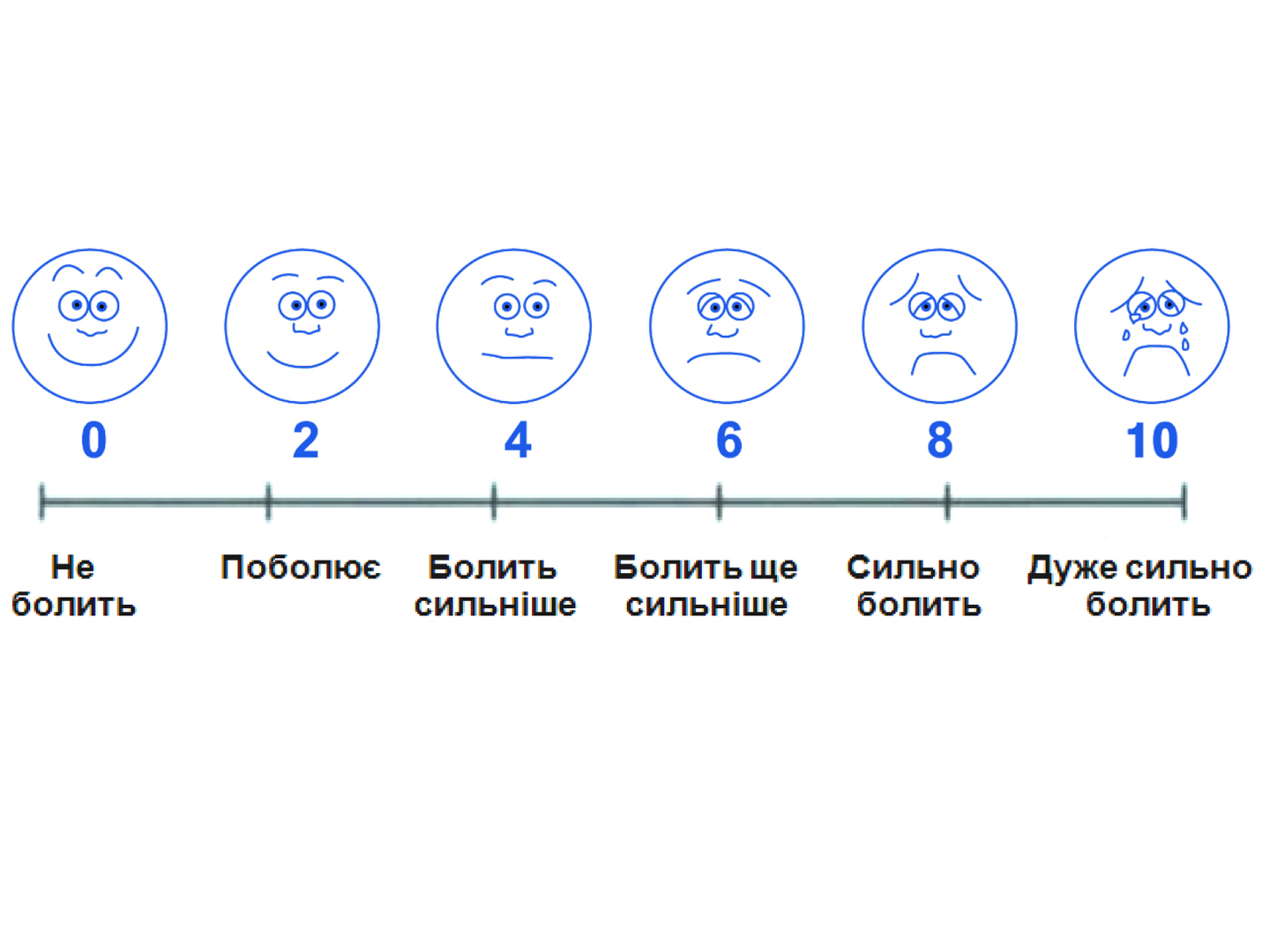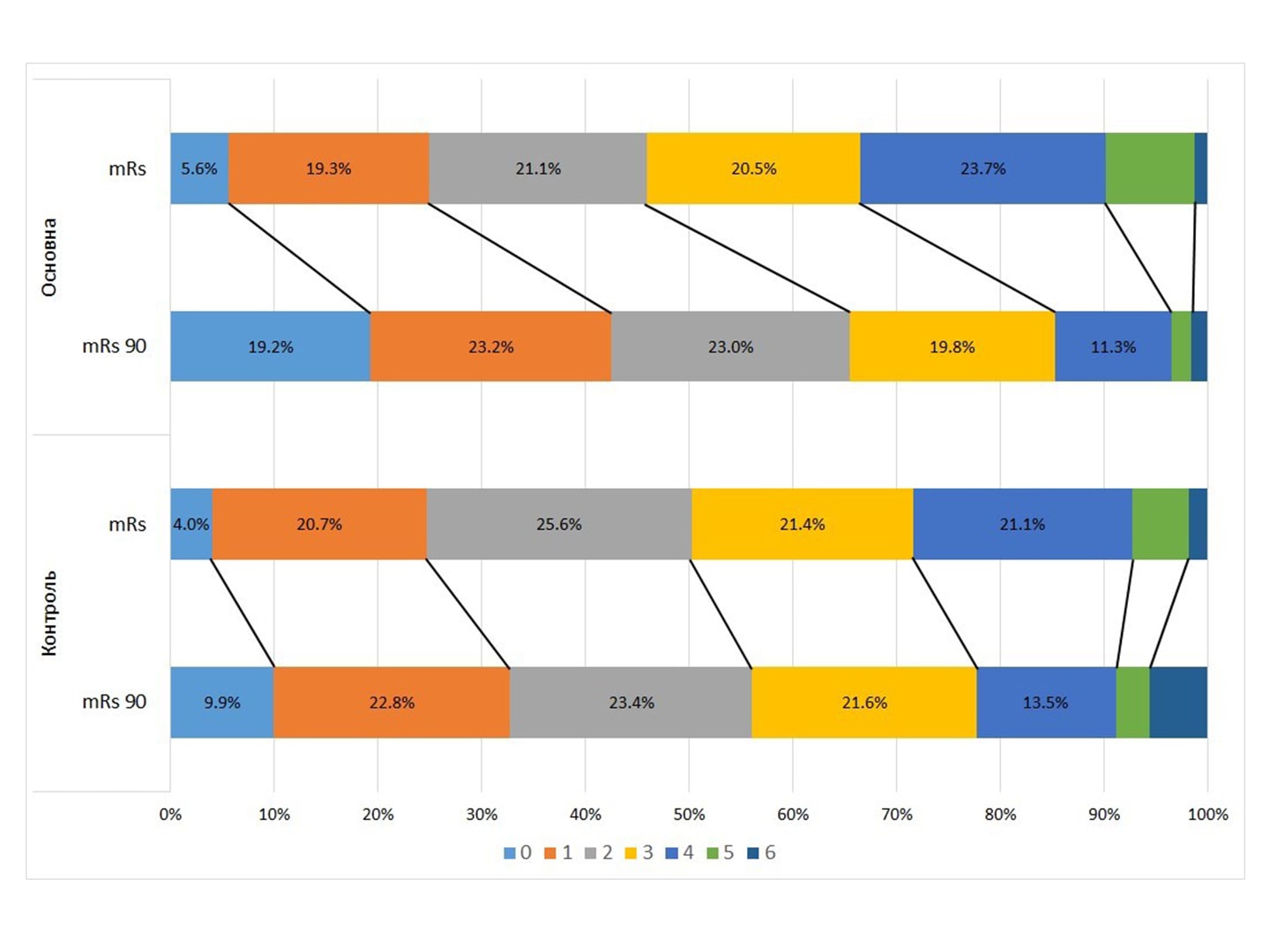Topical aspects of infusion therapy
Donetsk National Medical University named after M. Horkyi
Summary. Infusion therapy (IT) has been one of the main instruments of influence on homeostasis in critical conditions of different nature. Currently, IT is an essential component of anesthetic and intensive care. However, improper restoration of fluid balance was a major cause of mortality in intensive care units and postoperative intensive care in the 80’s of the 20th century. Administration of any infusion media is an intervention into the internal environment of the body, which affects in a greater or lesser degree the performance of water-salt metabolism, acid-base balance, and osmolarity. Therefore, the clinicians are advisable to take into account the basic concepts of water-electrolyte metabolism, and their changes under the influence of IT, information about the function and dysfunction of the vascular endothelium, the properties of different intravenous fluids and hemodynamic monitoring capabilities to control the adequacy of IT. So called colloid osmotic pressure (COP) of plasma or oncotic pressure produced by plasma proteins is of great importance for the water retention and
displacement. According to some researchers, COP is the main factor determining the transport of water between the tissues and capillaries. When volume corrector infusion is prescribed, the value of their COP should be considered. The study was conducted to find changes in COP of plasma in connection with surgery and ongoing IT. The surgery itself causes extravasation of fluid, and administration of intravenous fluids significantly increases this movement. Crystalloid infusion to patients during abdominal surgery resulted in a decrease in cardiac output in half of them. It is believed that the creation of intravascular normovolemia during surgery protects the endothelial glycocalyx (EG) from the influence of inflammatory mediators, minimizes pathological changes during transcapillary exchange between fluid and proteins by maintaining EG. A restrictive regimen of intravenous fluid administration significantly reduces the risk of postoperative complications. In surgical patients at high risk, targeted controlled infusion therapy is suitable.
Currently, there is no complete understanding of the pathophysiology of increased vascular permeability and microcirculation disorders in sepsis. In addition, there is a lack of adequate endpoints of fluid replacement therapy in the studies. Researches on the clinical use of Sorbilact and Reosorbilact, carried out in leading Ukrainian clinics of surgical, trauma, therapy, oncology, obstetrical, pediatric, infectious and other profiles, have demonstrated the safety and efficacy of these drugs for detoxifying and antishock therapy; their opportunities in the treatment of diseases associated with severe impaired microcirculation, blood coagulation, energy, metabolic and other disorders have been proved.
Key words: crystalloids, colloids, infusion therapy.






